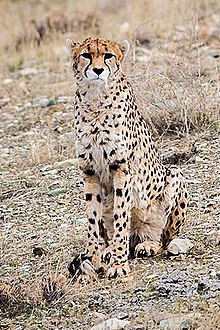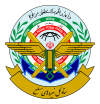Image 6Abū Saʿīd al-Muhallab ibn Abī Ṣufra al-Azdī (
Arabic:
أَبْو سَعِيْد ٱلْمُهَلَّب ابْن أَبِي صُفْرَة ٱلْأَزْدِي;
c. 632 – 702) was an
Arab general from the
Azd tribe who fought in the service of the
Rashidun,
Umayyad and
Zubayrid caliphs between the mid-640s and his death. He served successive terms as the governor of
Fars (685–686),
Mosul,
Arminiya and
Adharbayjan (687–688) and
Khurasan (698–702). Al-Muhallab's descendants, known as the
Muhallabids, became a highly influential family, many of whose members held high office under various Umayyad and
Abbasid caliphs, or became well-known scholars.
Throughout his early military career, he participated in the Arab campaigns against the
Persians in Fars,
Ahwaz,
Sistan and Khurasan during the successive reigns of caliphs
Umar (
r. 634–644),
Uthman (
r. 644–656),
Ali (
r. 656–661) and
Mu'awiya I (
r. 661–680). By 680, his tribe, the Azd of
Oman, had become a major army faction in the Arabs'
Basra garrison, the launchpad for the
Persian conquest. Following the collapse of Umayyad rule in
Iraq and Khurasan in 683–684, during the
Second Muslim Civil War, al-Muhallab was pressed by the Basran troops to lead the campaign against the
Azariqa, a
Kharijite faction which had taken over Ahwaz and threatened Basra. Al-Muhallab landed them a severe blow and drove them into Fars in 685. He was rewarded with the governorship of that province by the anti-Umayyad caliph
Abd Allah ibn al-Zubayr (
r. 683–692), whose suzerainty had been recognized in Basra in the wake of the Umayyads' ouster. Al-Muhallab later held a command role in the successful Zubayrid campaign to eliminate the
Kufa-based ruler
al-Mukhtar al-Thaqafi in 686/87. After this victory, he was transferred to the governorship of Mosul, where he was charged with protecting Iraq from a potential invasion from Umayyad-controlled
Syria. (
Full article...)






































